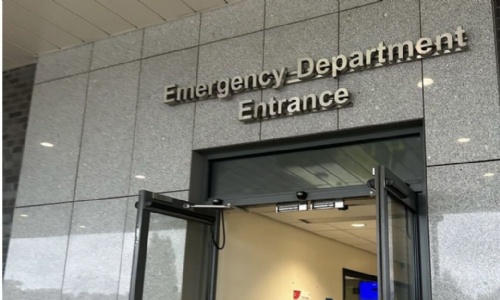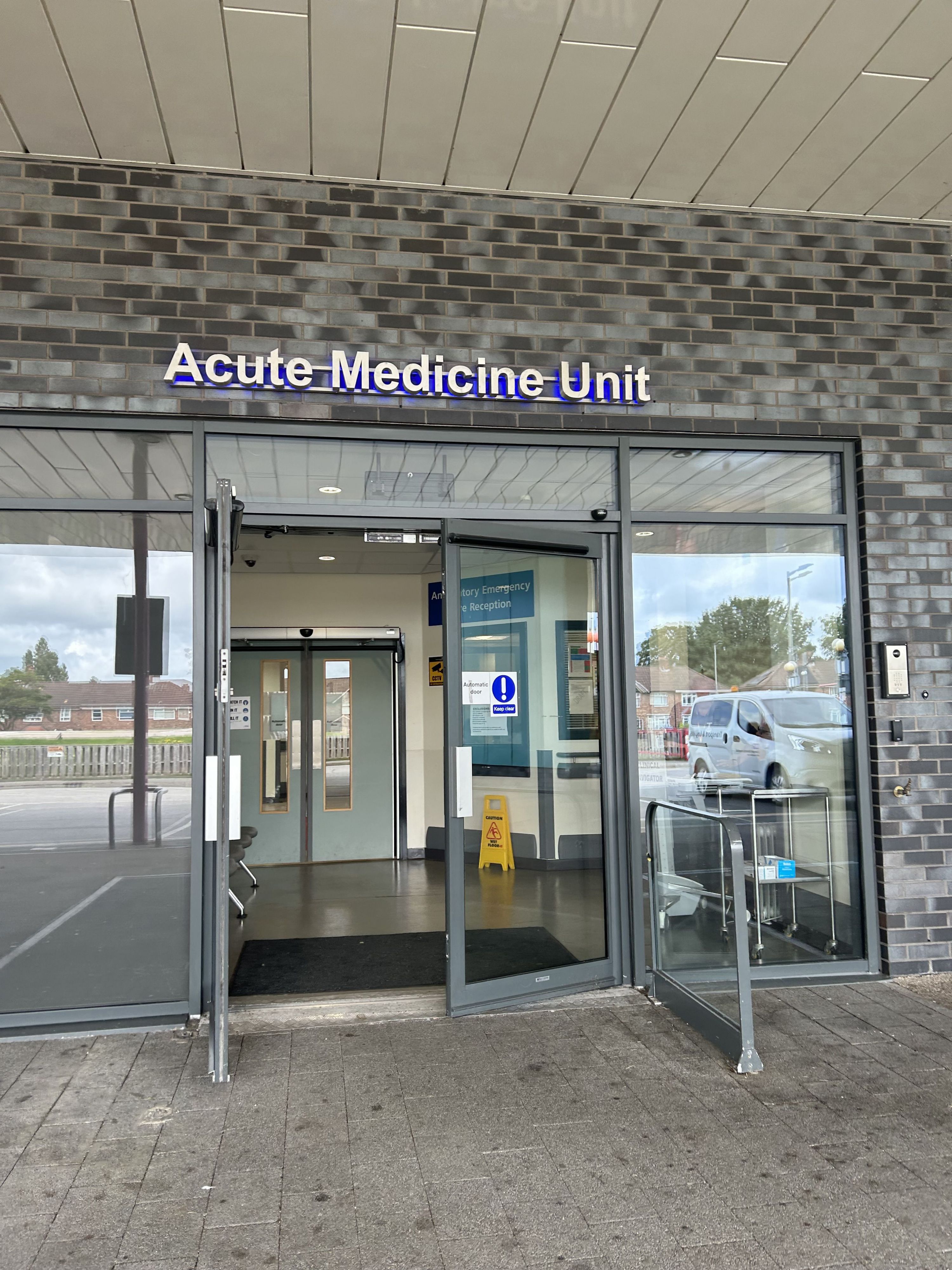
year 12 work experience week

Aspiring Year 12 medic Jasmine tells us about her week spent in A & E
For Year 12 work experience, I was fortunate to secure a placement at the A&E department at Aintree University Hospital.
On the first day, I went to resus and major where the sickest patients are admitted. One of the patients was very confused and didn’t know his date of birth, name and current year. He also had a high temperature, which resulted in a high heart rate. During the examination, the doctor recorded the NEWS score (including blood oxygen saturation, blood pressure and heart rate). To relieve the symptoms, the doctor gave him antibiotics for the infection, and also gave paracetamol for the high temperature.
To diagnose the exact area of the infection, the doctor decided to send the patient to have a chest X ray, CT scan and ultrasound. This demonstrated decision making skills as a suitable treatment and that a management plan should be created for each patient according to their needs. As a result, the doctor’s working diagnosis for the patient was sepsis, which is a life-threatening emergency that happens when your body’s response to an infection damages vital organs. It is also known as an overactive and toxic response to an infection.

During the procedure, the doctors demonstrated empathy because the patient resisted injections of antibiotics. The nurse comforted him and encouraged him so that he felt more comfortable and reassured. I learnt that communication and teamwork are key elements at the hospital as healthcare professionals are always working closely with each other. I witnessed a team of doctors, nurses, radiologists, pharmacists and physiotherapists working together to deliver patient care. They also have to update each other on the conditions of the patient in order to maximise the efficiency of treatment.
On my second day, I went to the ambulatory major at ED. I witnessed a wide range of medical conditions: one patient complained that she had black faeces and severe abdominal pain. The doctor suspected melena: this happens when there is bleeding in the upper parts of the guts, causing the blood to get digested and appear black. This is a symptom of internal bleeding, and is usually in the upper gastrointestinal tract. Additionally, the patient might also have diverticular disease, which is the formation of pouches from the weak spots in the wall of the large intestine. The pouches mean that the large intestines are stretched and weakened, so faeces may accumulate and cause inflammation or pain. The Doctor decided to give antibiotics for the bowel infection. However, if the symptoms did not improve, surgery may be required, which involves cutting out the part of the infected gut, and giving a high dosage of antibiotics specifically targeted at the infected area.
I spent the next few days shadowing junior doctors at Majors. One of the patients went to A&E for an acute pain; before examining the patient, doctors have to study their medical history, social history and their presenting complaints. This allows the doctor to have a basic understanding of the patient’s condition before meeting them. When the doctor examined the patient, she used the abbreviated mental test to assess mental impairment in elderly patients. This includes asking the patient their age, the time, the current year, and testing basic cognitive skills, such as counting backwards from 20 to 1 and counting the months in a year. The doctor also used the Glasgow coma score (GCS) which is used when a patient is confused or unconscious. This consists of 3 main parts: eye, verbal, and motor response respectively.
This patient was at last diagnosed with infection from CPE: this is a condition in which bacteria usually lives harmlessly in the gut of humans. However, when the bacteria gets into the wrong place, such as the blood stream and bladder, it can cause infection. So the doctor decided to give some antibiotics to improve the condition.
I also had a chance to interview the consultant doctor at A&E, and she told me about the problems that emergency departments are facing. A lot of patients have long waiting times (exceeding 4 hours) as people are overusing the ambulance service, instead of accessing their GP. They also don’t have enough resources and facilities at the hospital, so a lot of patients have to wait on the trolley in the corridor.
The consultant also reminded me that empathy is the most important quality in becoming a doctor: patients who go to the emergency department have a wide range of different socio-economic backgrounds and education levels. This means that doctors have to make sure that they are communicating with patients in a way that they understand.
During this week of work experience, I saw a wide range of different medical conditions and cases in a real-life hospital environment. I have also gained an insight into the emergency department through having conversations with the doctors. This has motivated me even more to work hard and to pursue my aspirations to become a doctor.
Report & photographs by Jasmine 12X

